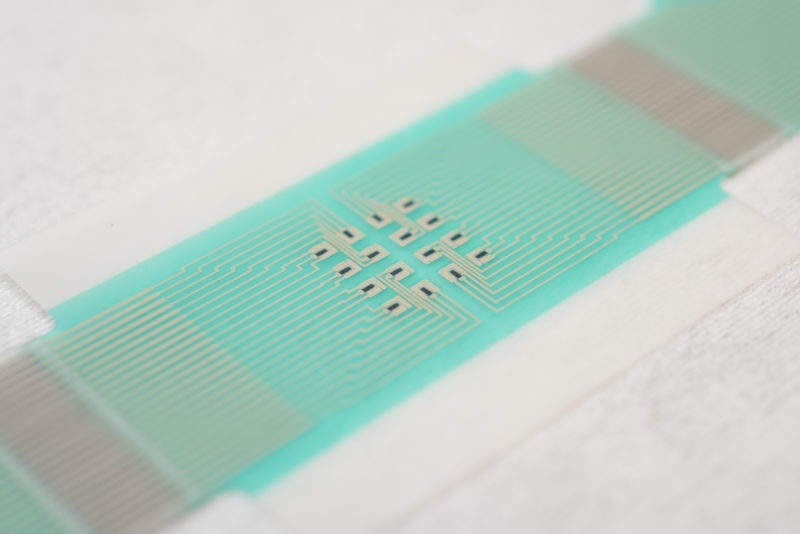
Researchers from the University of Bath have developed a non-invasive adhesive patch which can measure the glucose levels of diabetics without finger-prick blood tests.
The patch, described in a study published in Nature Nanotechnology, is placed on the skin, and draws glucose out from fluid between cells across hair follicles. These are individually accessed through a range of miniature sensors, powered by an electric current. Glucose collects in tiny reservoirs and can be measured every ten to 15 minutes over several hours.

Discover B2B Marketing That Performs
Combine business intelligence and editorial excellence to reach engaged professionals across 36 leading media platforms.
“A non-invasive – that is, needle-less – method to monitor blood sugar has proven a difficult goal to attain,” said professor of the university’s department of pharmacy and pharmacology Richard Guy. “The closest that has been achieved has required either at least a single-point calibration with a classic ‘finger-stick’, or the implantation of a pre-calibrated sensor via a single needle insertion.”
“The monitor developed at Bath promises a truly calibration-free approach, an essential contribution in the fight to combat the ever-increasing global incidence of diabetes,” he continued.
Each sensor on the patch operates over a small area on an individual hair follicle, reducing inter- and intra-skin variability in glucose extraction, and increasing the accuracy of the measurements taken to the extent that the patch does not need to be calibrated using a blood sample. This could render unpopular and painful blood tests obsolete.
The patch was tested both on pig skin and healthy human volunteers, and effectively measured the glucose levels of both groups throughout the day. The team now aims to optimise the patch’s sensors to further improve its accuracy and demonstrate the device’s functionality over a 24-hour period.

US Tariffs are shifting - will you react or anticipate?
Don’t let policy changes catch you off guard. Stay proactive with real-time data and expert analysis.
By GlobalDataGuy explained that the patch is not a device that can ‘do-it-all’, but would function in tandem with existing devices, such as pumps. “The long-term objective, therefore, would be that the user would apply this information to ensure that the blood sugar is maintained within a ‘normal’ window and avoiding excursions into hypo- or hyper-glycaemia.”
“The use of iontophoresis (which is the process used in our device to extract glucose across the skin) to also deliver insulin across the skin (needle-less-ly) has been exposed in the past but is simply not feasible,” he said. “That is not to say that the device could not be used in conjunction with a programmable pump delivery system working hand-in-hand.”
The team expects to take the device to clinical trials in the future, ahead of scaling up the technology. Clearly, technical challenges always remain when one has a prototype system that would need manufacturing scale-up,” said Guy. “It is our belief that the materials required would not be expensive and that the cost of the device would be quite reasonable.”
“In terms of user uptake, we are in the era of wearable technologies so significant obstacles in that regard are not anticipated,” he said.
The work was funded by the Engineering and Physical Sciences Research Council (EPSRC), the Medical Research Council (MRC) and the Sir Halley Stewart Trust, and is a multidisciplinary collaboration between scientists from the departments of physics, pharma and pharmacology, and chemistry at the university.





